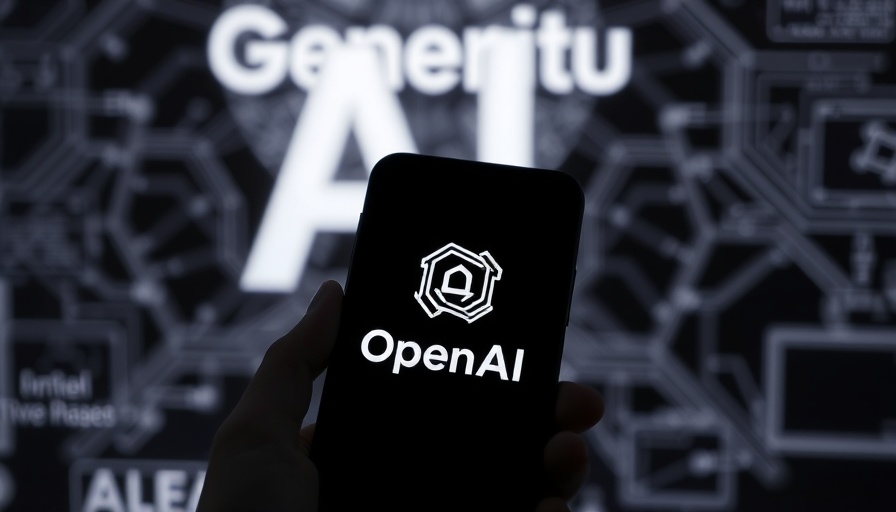
The High Stakes of AI Agents: Is OpenAI's Pricing Justifiable?
OpenAI's latest venture into the promising world of artificial intelligence has stirred significant interest with its ambitious proposal to charge businesses up to $20,000 a month for AI agents capable of performing high-level tasks traditionally handled by skilled professionals. As the demand for automation at scale grows, OpenAI seeks to revolutionize the workplace through these advanced virtual employees. However, the big question remains: Will companies find enough value in these AI agents to justify such a steep investment?
Understanding AI Agents and Their Market Appeal
OpenAI's proposed AI agents are tailored for various applications, offering services ranging from general assistance to specialized knowledge work. The plans include a basic tier targeted at high-income professionals available for $2,000 monthly, while AI agents designed for software development can cost around $10,000. The most advanced offerings could reach a jaw-dropping $20,000. With these prices, OpenAI is banking on the ability of these agents to perform tasks efficiently enough to replace human employees, promising significant cost savings in the long run.
Potential Benefits vs. Risks: A Critical Analysis
While the potential benefits of using AI agents like those proposed by OpenAI are alluring—such as cost savings on salaries, benefits, and 24/7 availability—there are significant risks involved. The challenge of hallucinations—the tendency of AI to fabricate information—remains largely unsolved. With OpenAI's previous products demonstrating a history of inaccuracies, relying on these agents for critical tasks could lead to substantial operational hazards.
The Competitive Landscape: Will OpenAI Face Pushback?
OpenAI is not the only player in this field. Competitors like Google and Anthropic are also vying for dominance, potentially offering more accessible price points. This competition might dissuade businesses from adopting OpenAI's high-priced solutions, should they perceive the offerings from rivals as equally effective or more reliable. As Khac Phu Nguyen articulated in his analysis, this quick shift in pricing strategy is pivotal for OpenAI’s recovery from recent financial losses estimated at $5 billion in the past year.
Consumer Confidence and Future Predictions
Looking ahead, companies will need to assess the return on investment (ROI) for AI agents and whether the advertised capabilities will meet their expectations. As we stand, the market seems cautious, and the success of OpenAI’s ambitious pricing model could hinge on convincing skeptical businesses that the agents' efficiency will outweigh the initial cost.
Implications for Employment and the Future of Work
OpenAI’s foray into high-cost AI agents raises significant implications for the future of work. On one hand, these technologies promise a boost in productivity and reduced operational costs, but on the other, they threaten to displace workers and reshape entire industries. This dual-edged nature of AI development forces a deeper look into the ethical considerations surrounding automation and labor displacement.
Conclusion: Assessing the Transformation of AI in Business
As OpenAI positions itself at the forefront of AI innovation with its rapidly evolving pricing model, businesses must weigh the pros and cons carefully. The equation seems elusive, given the challenges surrounding reliability and competition. Ultimately, whether or not enterprises will embrace these AI agents will depend on their ability to deliver value that justifies their price tags. The landscape of labor and technology is shifting rapidly, and staying informed is crucial.
Stay updated on these emerging trends in AI, as they have the potential to redefine our work environments and influence the economy significantly.
 Add Row
Add Row  Add
Add 




 Add Row
Add Row  Add
Add 

Write A Comment